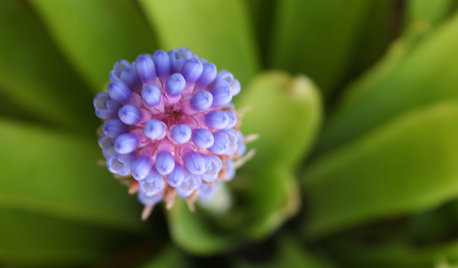I hope I'm not pushing my welcome but I really appreciate any help I can get. I'm sure I'm going cross-eyed going through all the brom sites. It is difficult to be sure of some IDs just from pictures and I can't find much in the way of written descriptions to be certain.
I'm sure this is Neo spectabilis...
{{gwi:466803}}
{{gwi:466805}}
... but not sure about these below. This one has purple rather than pink tips...
{{gwi:466806}}
{{gwi:466807}}
... and this one has broader leaves and is bigger in general than N spectabilis. Also the back of the leaves doesn't have that reddish tinge though the tips are pink.
{{gwi:466808}}
{{gwi:466809}}







LisaCLV
matt15
Related Professionals
Paradise Landscape Architects & Landscape Designers · Mount Wilson Landscape Architects & Landscape Designers · Byram Landscape Contractors · Eureka Landscape Contractors · Fuquay-Varina Landscape Contractors · Reedley Landscape Contractors · Severna Park Landscape Contractors · Goldenrod Landscape Contractors · Castro Valley Fence Contractors · Chicago Heights Fence Contractors · Delhi Fence Contractors · El Segundo Fence Contractors · Hernando Fence Contractors · Winchester Siding & Exteriors · Milwaukee Siding & ExteriorsgailqldOriginal Author
splinter1804
avane_gw
LisaCLV
gailqldOriginal Author
LisaCLV
purplestar
splinter1804
gailqldOriginal Author
LisaCLV
paul_t23
purplestar
gailqldOriginal Author
splinter1804
purplestar
LisaCLV
gailqldOriginal Author
pinkbroms
gailqldOriginal Author
LisaCLV